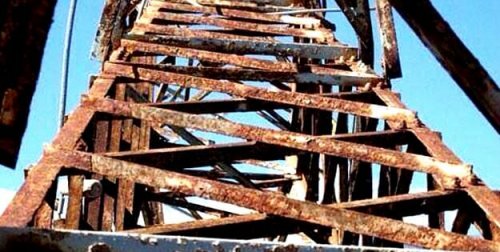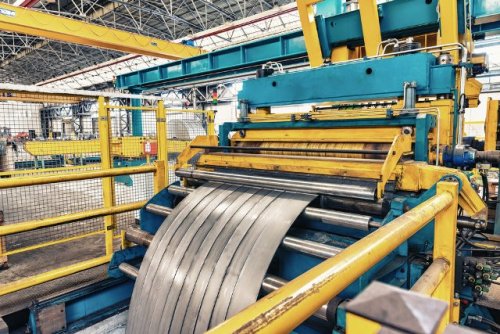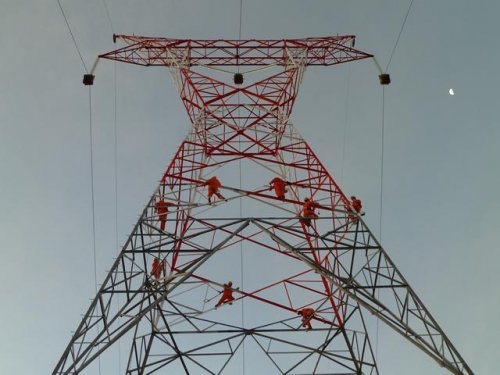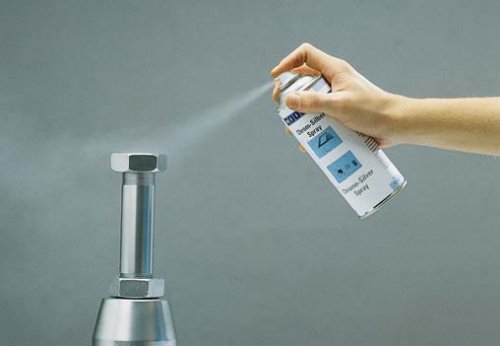Corrosion of metals and corrosion protection
Corrosion is the spontaneous destruction of a metal that occurs as a result of chemical or electrochemical processes. These processes take place in the metal under the influence of the environment. The most well-known atmospheric corrosion of metals is caused by air humidity, as well as by the presence of corrosive gases (carbon dioxide, ammonia, etc.).
Dust together with moisture forms solutions of bases and acids that cause corrosion on metal parts of electrical equipment. Particularly strong condensation of moisture occurs when the temperature of the metal changes sharply. See also — Corrosion resistance of metals
The causes of corrosion of metal parts are:
- heterogeneity of metals in connecting parts;
- heterogeneity of the metal surface in different parts of the workpiece;
- general surface heterogeneity or difference in conditions of exposure to a corrosive environment.
There are two ways to remove corrosion products from metal surfaces: mechanical and chemical (electrochemical).The mechanical method of cleaning metals from corrosion is the removal of traces of corrosion by sandblasting, grinding, polishing, etc. The chemical method is the removal of traces of corrosion by etching or etching.
In order for anti-corrosion coatings to be resistant, parts prepared for coatings must meet the following requirements:
1. Traces of corrosion, scale and previously applied coating must be removed from the surface of the workpiece (by any of the above methods).
2. The surface of the workpiece must be degreased.
3. Before the coating itself, the oxide film must be removed from the surface.
4. After the three preceding requirements are met, the part must be covered with a protective coating.
Methods of protecting metal parts from corrosion
Corrosion protection methods are different. The most common of these are protection by oxide and phosphate films, metallic and non-metallic coatings and painting.
Protection by oxide and phosphate films (oxidation) aims to create a protective film on the metal surface to protect it from corrosion. Oxidation is carried out in baths according to a special technological process. Metal coatings are created by electroplating by applying a layer of metal (zinc, cadmium, nickel, chromium, etc.) to the protected part.
Paints for treated metals from corrosion
Paints and varnishes are the most common means of protecting metals from corrosion and wood from rotting. At the same time, varnish coatings are used for decorative external decoration of individual metal parts.
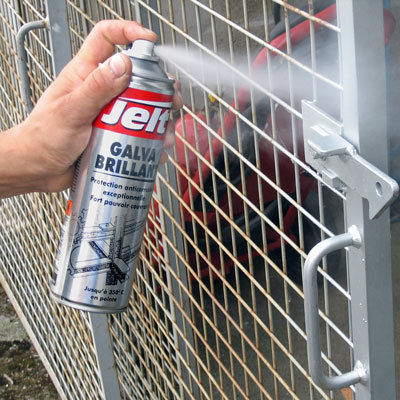
Paints and varnishes must meet the following requirements:
- to be resistant to variable atmospheric influences, i.e. the influence of moisture, sun and cold;
- adhere firmly to the metal to be coated (the coating must not peel off the metal during operation);
- not to collapse as a result of mechanical and thermal effects;
- to be uniform in composition, clean and uniform in color.
When choosing a varnish coating, they are guided by the technical requirements for a certain part or structure.
Preparation for painting
In order for the paint to lie evenly and create a durable coating, it is necessary to carefully prepare the surface to be painted.
Preparation for painting a metal surface is reduced to removing dust, dirt, grease and contamination from it, as well as removing corrosion. If traces of grease or corrosion remain on the product to be painted, the paint will not adhere firmly to it.
To clean parts of rust accumulations, they use sandpaper, sandpaper, steel brushes and pumice stone. To degrease the parts, wipe them with a rag moistened with solvent or pure gasoline.
Old paint is removed if it is partially peeled or if another type of coating is to be applied. A primer is applied to the cleaned surface before painting. If there are irregularities on the surface of the part to be painted, it is plastered. Putty is applied in thin layers and after one layer dries, another layer is applied. After the putty is completely dry, the place of the putty is cleaned with sandpaper and paint and varnish coatings are applied.
Oil paints
Oil paints of different colors are produced in the form of coarsely grated paints, which are diluted with linseed oil to the required viscosity, or in the form of compositions already prepared for use.
The paint is applied to the product with a brush after the upper surface preparation for painting. When painting, the paint should be rubbed in well with a brush to obtain an even coating. The paint should be applied in a thin layer twice, and the second layer should be applied only after the first layer has dried. Oil paints dry in 24-30 hours. at a temperature of 18 — 20 ° C.
Oil enamel paints
These paints are based on mica oil varnish.
Enamel paints (enamels) are divided into two groups:
1. Enamels with a high degree of fat used to coat external surfaces. These enamels are the most resistant and durable AND dry at normal temperature in 8-10 hours. They are slightly affected by atmospheric conditions.
2. Medium fat enamels for internal surfaces. They are less resistant than the enamels of the first group. Enamels are applied with brushes or spray guns.
Nitro paints are a suspension (mixture) of dyes in a lacquer based on nitrocellulose. Nitro paints are usually applied to metal after proper preparation. The cleaned surface is first coated with a layer of nitro primer and then nitro paint is applied with a spray gun.
To obtain a uniform surface, the paint is applied in two or three layers. Sprayed layers of nitro paint dry quickly, within 1 hour, giving a smooth shiny surface. Brushing nitro paints is not recommended as this results in uneven coverage due to the drying of nitro paint pulled behind the brush.
When painting metal parts of various electrical equipment, it should be remembered that if the equipment is painted with oil or oil enamel paint, subsequent painting must be done with the same paints.
If the part is covered with oil paint, applying nitro paint to it will cause the oil paint to swell and as a result the finish will be of poor quality. Therefore, a part painted with oil paints must be covered with the same paints and in no case with nitro paints during the secondary painting. If a part painted with oil paint is to be painted with nitro enamel, then the layer of old oil paint must be completely removed.
Application of protective lubricants
Protective lubricants are used to protect tools and finished products from corrosion during storage in warehouses or during transportation. Lubricants are most often used to preserve tools and metal unpainted parts of electrical equipment.
By their composition, protective lubricants are artificial mixtures of oils with thickeners and substances that prevent the formation of free organic acids. The following requirements (technical conditions) apply to protective lubricants:
1. They must not contain mechanical impurities and water.
2. Ash content should not exceed 0.07% and free organic acids should not exceed 0.28%.
3. The litmus reaction should be neutral.
Before using this or that lubricant for preservation, it is necessary to conduct an analysis, and only if the lubricant meets the technical conditions, it can be used.
The most common lubricants are petroleum jelly and gun grease. For good coating results, the surface of the parts must first be cleaned. Do not touch the cleaned parts with your hands.
The technological process of covering parts with protective grease consists of the following operations:
- washing in 2% soap solution;
- hot air drying;
- washing in spindle oil at a temperature of 80 — 90 °C;
- dipping (or applying to the workpiece) in grease heated to 110 — 115 °C;
- air cooling up to 20 OS;
- wrapping the part with parchment paper and placing.

